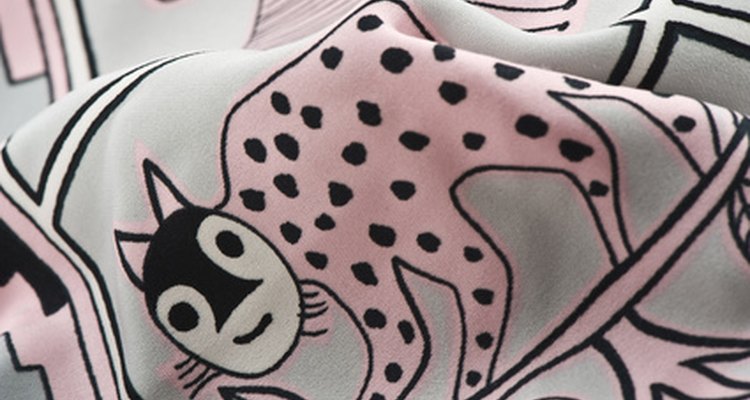
Berber fleece has nothing to do with sheep or other fiber-producing animals, nor with the native peoples of the North African coast. It’s actually a man-made fabric. This soft textile has a nubby, fur-like texture, is lightweight and an excellent insulator. It’s not only warm, but also is designed to wick moisture away from the wearer. It can be worn in layered ensembles or under a raincoat to prevent garments underneath from getting sweaty or soaked.
How is Berber Fleece Made?
Berber fleece starts with polyester yarn that is knitted into fabric. The fabric is brushed with wire brushes to tighten the weave and simultaneously fluff up a looped, soft pile that has large air pockets. Then the pile is sheared to create an even finish. Finally, the strong, stretchy, colorfast fabric is dyed or printed with patterns.
Where It’s Used
Berber fleece’s qualities are valuable for making jacket and coat liners, pullovers, vests, blankets, socks, hats, wraps, throws and other wintertime apparel for women and men. In addition to finished apparel, Berber fleece also is available by the yard in hundreds of colors and patterns from legions of suppliers in the U.S., China and other countries.
Caring for Berber Fleece
Berber fleece is easy to care for. Generally, items made of this fabric can be machine-washed in cold or warm water with laundry soaps meant for fine fabrics. The items usually can be tumble-dried on low heat settings or hung up to dry. Berber fleece garments shouldn’t be stored on coat hangers because hanging will stretch the fabric and adversely affect how the garment shapes itself to the wearer. Berber fleece garments should be folded flat for storage. But individual garment manufacturers may recommend different care and their instructions should always be followed.
Pilling Problems
Like most textiles, Berber fleece forms small clumps of fiber on its surface known as “pills.” Berber fleece makers engineer their textiles to resist pilling, which occurs because of friction, but inevitably pills will form. Pills can be removed by shearing or by brushing the fabric with a stiff-bristle brush.
Other Fleece Fabrics
Different knitting and finishing techniques produce man-made fleece fabrics with textures that differ from Berber fleece. Sherpa and Shearling achieve a texture like lamb’s wool by curling the pile with heat. Plush fleeces achieve a velvet-like texture by using dense fibers, evenly sheared.
Related Articles
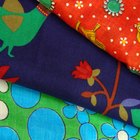
What Is Arnel Vintage Material Fabric?

What Are Clothing Textures?

Care of Mohair Fabric

Microfiber vs. Cotton Clothes
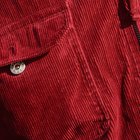
What Season to Wear Corduroys?
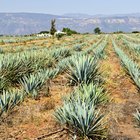
The Definition of Agave Fiber

Fabrics That Haute Couture Designers Use

How to Get Lint Off a Polyester Jacket ...

Types of Cotton Fabric

How Is Wool Turned Into Fabric?

What Can I Do to Prevent a Wool Coat ...
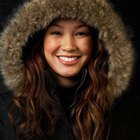
How to Comb the Furry Hood of a Jacket

What Is Moire Fabric?
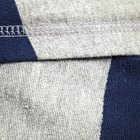
What Is French Terry Cloth?

How to Wash Dupioni Silk

What Is Superfine Wool?

Definition of Polyester Staple Fiber

How to Preserve Moleskin
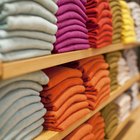
Types of Wool Sweaters

How Does a Lint Remover Work?
References
Writer Bio
Herb Kirchhoff has more than three decades of hands-on experience as an avid garden hobbyist and home handyman. Since retiring from the news business in 2008, Kirchhoff takes care of a 12-acre rural Michigan lakefront property and applies his experience to his vegetable and flower gardens and home repair and renovation projects.
Photo Credits
Fabric image by cacheman from Fotolia.com